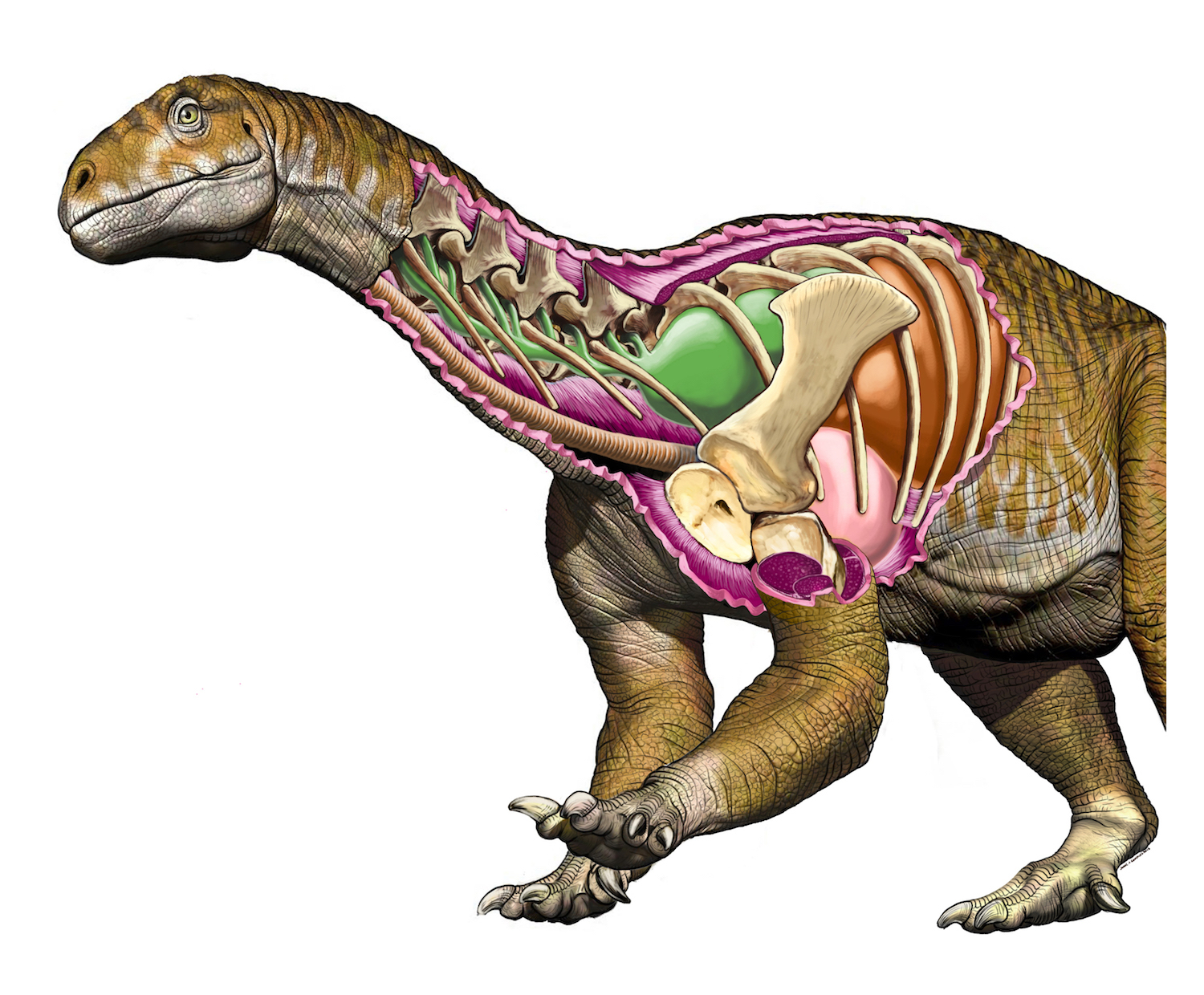Discovery of 'First Giant' Dinosaur Is a Huge Evolutionary Finding

The discovery of the "first giant" dinosaur has provided a gigantic clue on how these paleo-beasts got to be the largest animals to walk on Earth.
The newly identified bus-size beast — named Ingentia prima, which means "first giant" in Latin — weighed up to 11 tons (10 metric tons) and measured up to 32 feet (10 meters) long.
But the dinosaur's size isn't the only feature that impressed paleontologists. I. prima lived about 215 million years ago, a good 47 million years before its long-necked cousins, including Brachiosaurus and Diplodocus, existed, the researchers said. [Photos: School-Bus-Size Dinosaur Discovered in Egypt]
"This new discovery was a pleasant surprise, and I think it's one of the most important dinosaur finds of the last few years," Steve Brusatte, a paleontologist at the University of Edinburgh in Scotland who wasn't involved in the study, told Live Science. "These new fossils force us to rethink when, and how, dinosaurs got so enormous."
Paleontologists used to think that the first giant dinosaurs evolved during the early Jurassic period, which lasted from 199.6 million to 145.5 million years ago, after supervolcanoes erupting from the fragmenting cracks of the supercontinent Pangea caused a mass extinction at the end of the Triassic, Brusatte said.
"But this discovery changes that simple story," he said. I. primaand other lessemsaurids (large dinosaurs from the late Triassic that all belong to the sauropod group) that the researchers studied "tell us that at least some dinosaurs were able to attain huge sizes during the latest part of the Triassic, before the extinction," Brusatte said.
The first dinosaurs — small, two-legged creatures about the size of a golden retriever dog — emerged about 240 million to 247 million years ago, during the Triassic period. Previously, researchers thought that dinosaurs needed straight legs to grow to ginormous sizes, in part because straight legs would provide support as the dinosaurs rapidly grew larger.
Get the world’s most fascinating discoveries delivered straight to your inbox.
But the lessemsaurids stood on bent legs, and they had bones that grew thicker in accelerated bursts, unlike their later cousins, which grew continuously throughout the year, study lead researcher Cecilia Apaldetti, a paleontologist at the National University of San Juan in Argentina, and her colleagues found. Moreover, the lessemsaurids had long necks and tails, but they weren't as long as Diplodocus, the researchers noted.
The lessemsaurids did share one big feature with other long-necked sauropods: They had bird-like air sacs, respirator structures that may have helped keep the giant animals cool, the researchers said. However, even though the lessemsaurids shared this characteristic with later sauropods, they weren't the ancestors of giant-necked sauropods like Brontosaurus. Rather, the lessemsaurids and later sauropods achieved their massive body sizes independently of one another.
"These new discoveries tell us that dinosaurs were much more adaptable and creative in attaining huge size than we used to think, which I think means that there are even bigger and weirder dinosaurs out there remaining to be found," Brusatte said.
The study was published online yesterday (July 9) in the journal Nature Ecology & Evolution.
Original article on Live Science.

Laura is the managing editor at Live Science. She also runs the archaeology section and the Life's Little Mysteries series. Her work has appeared in The New York Times, Scholastic, Popular Science and Spectrum, a site on autism research. She has won multiple awards from the Society of Professional Journalists and the Washington Newspaper Publishers Association for her reporting at a weekly newspaper near Seattle. Laura holds a bachelor's degree in English literature and psychology from Washington University in St. Louis and a master's degree in science writing from NYU.



